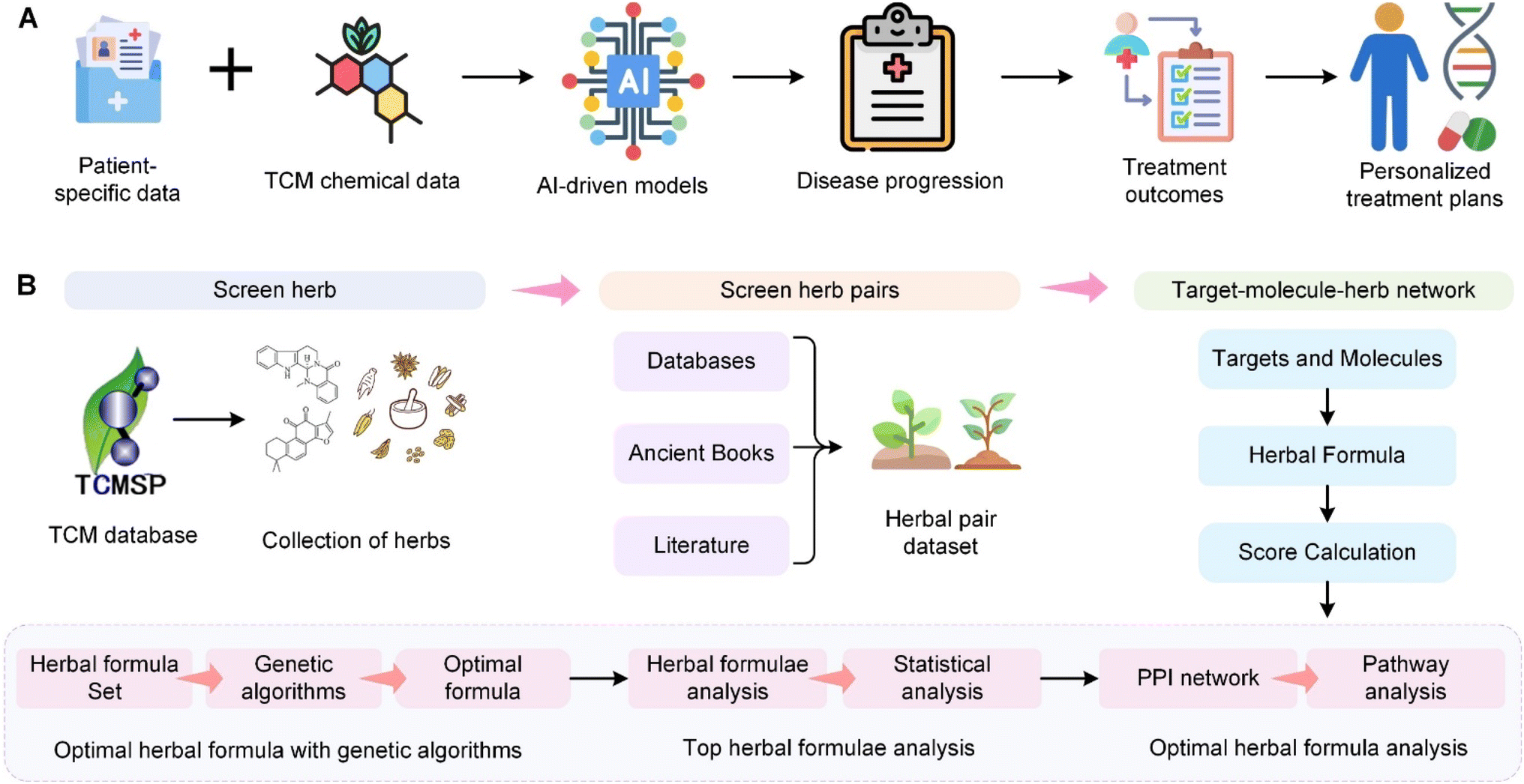How AI and Ancient Flora Are Revolutionizing Drug Discovery for Next-Gen Therapies

AI Unleashes the Power of Ancient Flora in Modern Drug Discovery
Molecular Secrets of Plants, Decoded by Machine Intelligence
The pharmaceutical field is witnessing an extraordinary shift as sophisticated technology unlocks the hidden molecular symphony of earth’s biodiversity. Automated pattern recognition and computational chemistry are being deployed to interpret centuries of ethnobotanical wisdom—knowledge about which roots, leaves, and barks support human well-being. Despite the fact that countless treatments currently trace their origins to molecules found in nature, the overwhelming majority of compounds within global plant species have never been mapped, much less tested for their potential in treating today’s illnesses.
Through the lens of biochemical informatics, every tree, shrub, and moss becomes a potential wellspring of healing. Modern enterprises are integrating neural networks with digital archives that stretch back millennia. These intelligent systems sift through databases comprising millions of texts and herb catalogs, focusing on plants referenced in ancient medical texts or used by indigenous societies to alleviate a wide spectrum of symptoms—ranging from fevers and digestive ailments to inflammation and chronic pain. By mathematically modeling the atomic architecture of these compounds, advanced platforms can not only propose likely pharmacological effects but also forecast which plant-derived structures are best poised to become the next generation of therapeutics.
Turning Tradition into Clinical Promise: From Ethnobotany to Trials
The science of identifying functional ingredients in wild and cultivated botany is being rapidly reimagined through the convergence of curated herbal knowledge and computational chemistry. Innovative platforms collect, structure, and analyze chemical profiles from tens of thousands of natural specimens cited in health traditions across continents. These efforts have generated massive multi-relational datasets encompassing plant taxonomy, molecular formulae, and potential biological actions. From this treasure trove, algorithms isolate the most promising molecules, which are then prioritized for laboratory and clinical evaluation. Each compound is assessed not only for therapeutic efficacy but also for its ability to be synthesized efficiently and safely for large-scale production.
Recent advancements highlight a growing number of candidates moving directly from database to bench: anti-inflammatory agents, metabolic health boosters, immunomodulating compounds, and neurological system regulators are all emerging from this robust pipeline. The leap from reference text to phase one studies with human subjects underscores how computational ingenuity expedites the historically slow process of investigating traditional remedies. Each new product candidate entering clinical testing marks another milestone where ancestral remedies and modern science intersect, translating theory into tangible impacts on human health.
Pharma Transformation: Investment, Talent, and the New Frontiers of Biotech
As traditional boundaries blur between natural pharmacology and digital innovation, significant attention—from both investors and scientific communities—is consolidating around plant-derived molecule platforms. Recent capital infusions have elevated select ventures to billion-dollar valuations, positioning them alongside legacy pharmaceutical titans. These initiatives are drawing expertise from the world’s largest research-based drug companies, where knowledge of clinical trial design, regulatory compliance, and manufacturing logistics is critical for translating laboratory breakthroughs into safe, accessible medications.
This evolving landscape champions a hybrid approach that celebrates ancestral knowledge, leverages machine learning for molecular prediction, and maintains rigorous scientific validation at every stage. The involvement of leading scientists and practitioners reflects a commitment to maximizing both biological diversity and clinical potential. In this model, nature’s blueprints are systematically catalogued, computationally visualized, and judiciously developed, creating a new paradigm for discovery-to-market pathways. The resulting therapies promise to address a diverse array of modern-day health challenges, all while ensuring that innovation remains grounded in respect for global botanical heritage.
Integrating Technology with Ancestral Heritage for Global Impact
Digital platforms harnessing machine learning are not merely accelerating the pace of botanically inspired discovery—they are also providing a structured mechanism to preserve and validate traditional healing knowledge for future generations. The cross-pollination of indigenous healing, high-throughput compound screening, and biochemical modeling is reshaping how global health systems approach evidence-based complementary care. As these ecosystems mature, intellectual property frameworks, ethical engagement with origin communities, and transparent benefit-sharing are being built into core operating principles.
Looking forward, the tools and strategies developed today set the stage for generations to come, where the world’s oldest remedies can inform and enrich tomorrow’s medical landscape. The digitization and computational interpretation of nature’s pharmacopeia turn forgotten folklore into real possibilities for treating conditions that challenge modern medicine, ensuring that earth’s botanical riches are not lost, but revived and applied with unprecedented sophistication.
